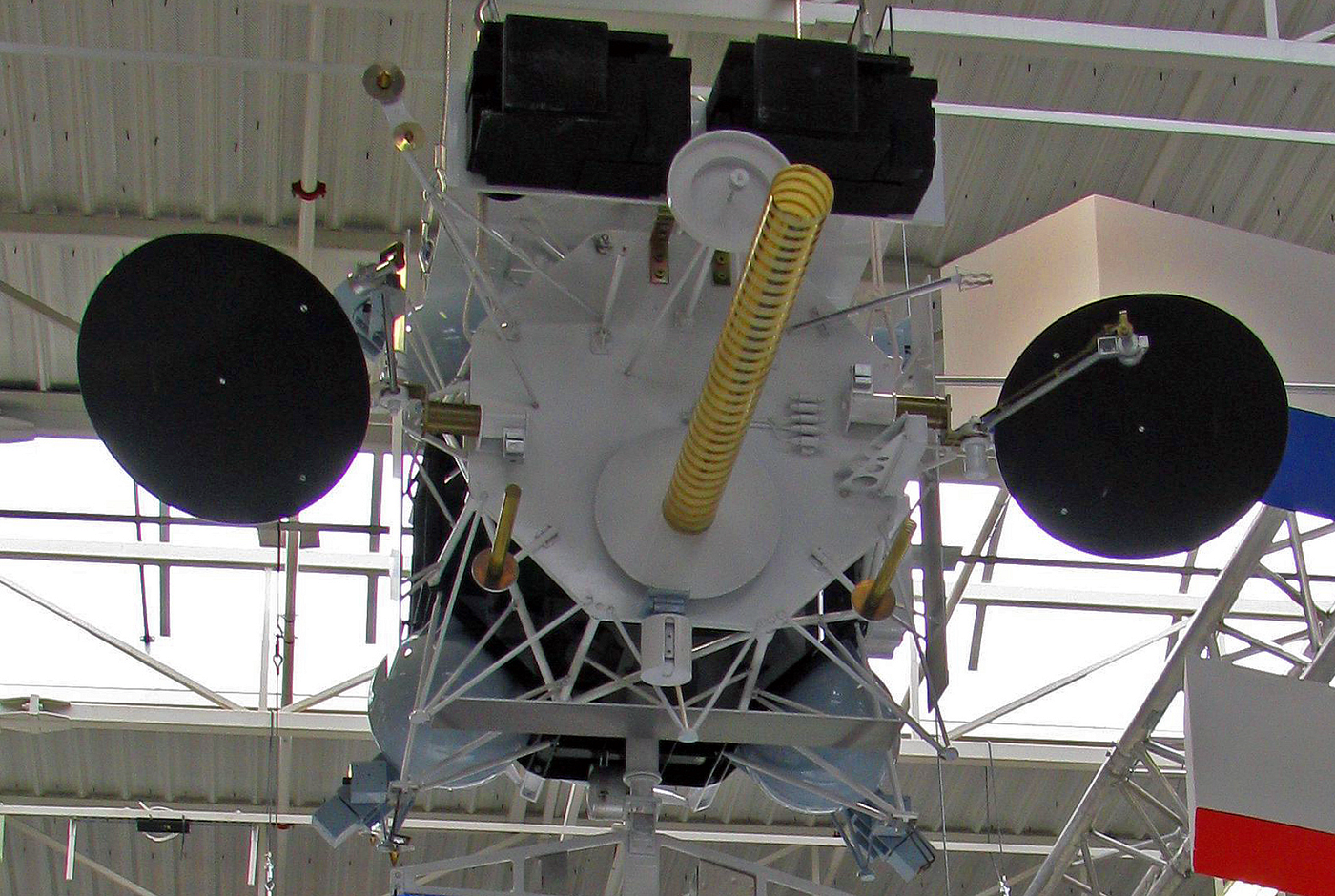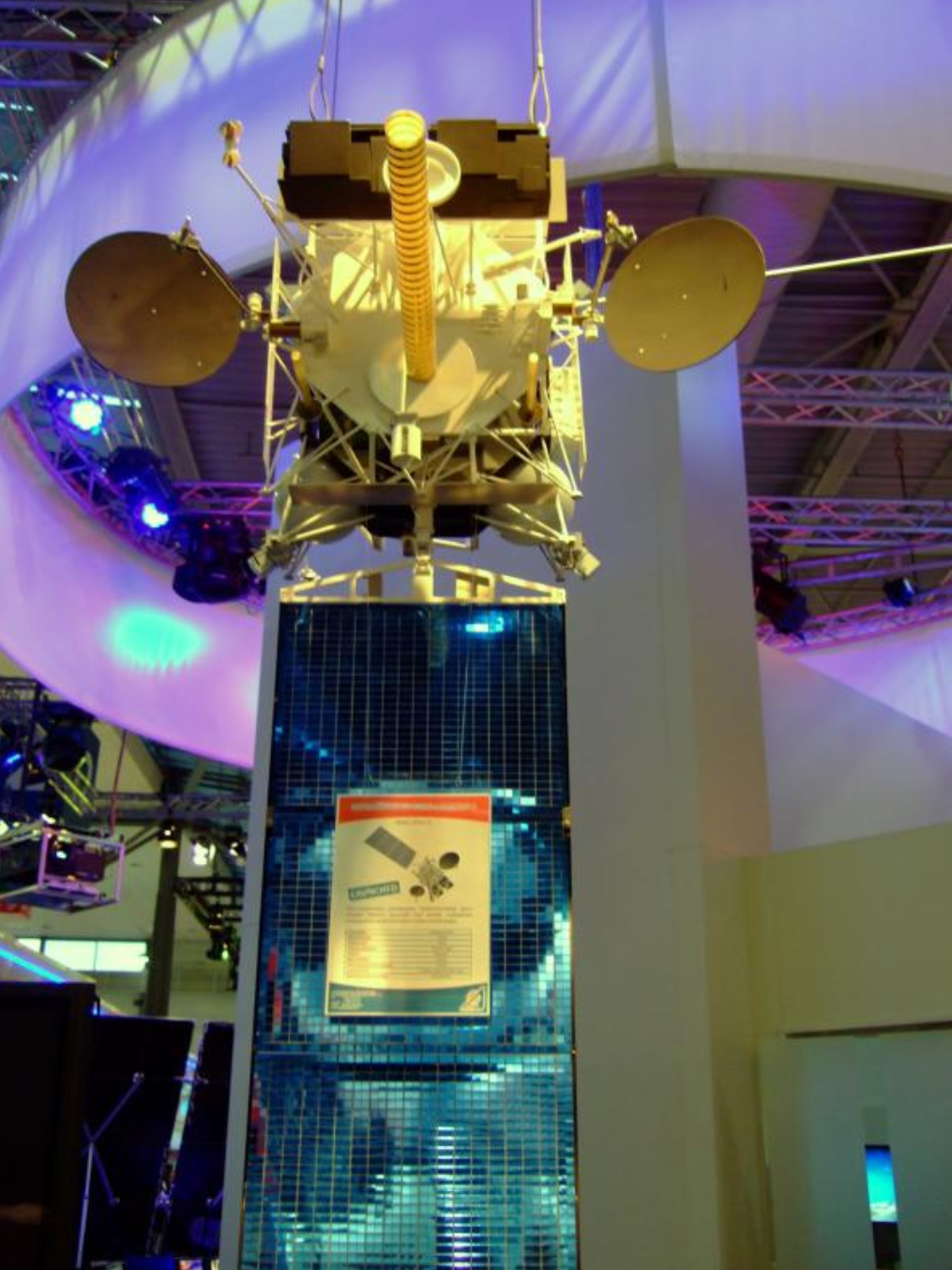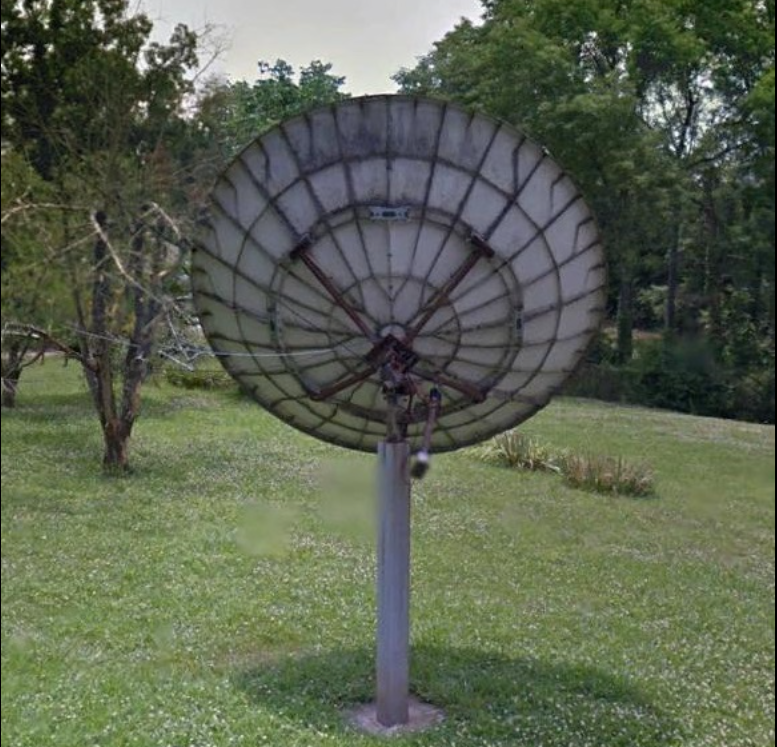Space Weather: Imagery Via Elektro-L3
The Geostationary Elektro satellites offer a far greater challenge than the POES satellites.
If you’re an amateur meteorologist or satellite fan, there’s no doubt that today, we are absolutely spoilt for choice when it comes to satellite programs to focus on. While the US-backed NOAA APT satellite program has recently come to an end, the evolution and development of both Chinese and Russian weather satellite programs have moved to fill the gap. While many of these programs aren’t as simple as the earlier APT-equipped satellites, they provide a highly relevant platform that’s still packed full of sensors and other meteorology equipment.
And, while there’s plenty to explore in low-earth orbit, the real fun starts to come when you shift into deep space assets. With the Fengyun and Elektro series, there’s plenty to be explored.
In today’s article, we’ll be taking a look at the Russian-designed Elektro satellite program and seeing what, if anything, it has to offer amateur satellite enthusiasts. Let’s go take a look! The Elektro series would be Russia’s first foray into deep-space Geostationary satellites after the fall of the Soviet Union. Here’s an image of Elektro-L in the clean room before launch. Source: Wikipedia.
The Elektro series would be Russia’s first foray into deep-space Geostationary satellites after the fall of the Soviet Union. Here’s an image of Elektro-L in the clean room before launch. Source: Wikipedia.
Background
With Sputnik, the first of many Soviet satellites to enter orbit during the height of the space race, you didn’t have to be a genius to realise that this would change the dynamic forever.
As such, the USSR would attempt to capitalise on this immediately, and due to this, all manner of satellites would be launched. Of these, many would be considered to be dual use, in the sense that they would carry both military and civilian payloads.
This meant that civilian amateur radio payloads would fly on the back of nuclear-powered radar ocean reconnaissance satellites (RORSATs) while deep-space transmitters that would help deliver television to remote areas of the USSR would also carry signals intelligence equipment that was capable of attempting to geolocate US military assets like ships and aircraft carriers.
With the space launch technology of the time typically being single-use pieces of equipment like the Soyuz, the dual nature of most military assets meant that the Soviets could squeeze out every little bit of capability for every system launched. While this would cause problems if a spacecraft were lost, it also meant that for every successful launch, there’d be a broad range of capabilities offered once systems were checked and deemed operational.
As you’d imagine, this would lead to some truly unique spacecraft that are typically little-known to those outside amateur space or meteorology circles. The RORSAT program, for instance, contains some extremely interesting reading for those willing to peruse thousands of pages of declassified documentation. The Elektro’s L-band data link provides a far greater challenge than the VHF downlink of the earlier Meteor-M series. Source: Wikipedia.
The Elektro’s L-band data link provides a far greater challenge than the VHF downlink of the earlier Meteor-M series. Source: Wikipedia.
The Elektro Series
As technology progressed, we’d see many of these deep-space assets become more complex, but it would be the late 90s and early 2000s shrinking of electronic components that would offer true revolution in modern spacecraft operations and the Elektro series would be one of the first to leverage many of these new technologies.
When the Soviet Union collapsed, it would be the Russian Federation that would inherit the space program, including many high-profile systems like the Mir space station. There’s no denying, though, that due to atrophy and lack of finances, the 90s-era space program would be on life support. What had been cutting-edge technology just a few years earlier was fast shifting into a program with dated, obsolete equipment. While there was little room in the budget for new military spacecraft, it would be hard to argue against the benefits that a new weather satellite program would bring. More importantly, the evolution of a new program would help the Russians maintain several vitally important Soviet-era skillsets.
So, with this said, the Elektro series would be born, and as such, the first Elektro L-1 satellite would fly in late 1994 as the first Russian-designed geostationary spacecraft since the collapse of the Soviet Union just a few years prior. As you’d imagine, this would be hugely noteworthy considering the political climate at the time.
While the program would start with just one satellite (Elektro L-1), the program would eventually evolve to include multiple satellites that would be positioned to give near-global, real-time coverage, a huge boost in service in comparison to assets that were available earlier. To grab a successful capture, you’ll need a dish of at least 80cm in diameter, along with a preamp and frequency-capable software-defined radio unit like the SDRPlay RSP series. Here’s a 1.5m prime focus dish for the C-band satellites. Source: Wikipedia.
To grab a successful capture, you’ll need a dish of at least 80cm in diameter, along with a preamp and frequency-capable software-defined radio unit like the SDRPlay RSP series. Here’s a 1.5m prime focus dish for the C-band satellites. Source: Wikipedia.
Amateur Image Captures
While the amateur radio community would make plenty of noise about placing a Geostationary transponder system in orbit, thanks to satellites like the now-defunct AO-40, the reality was that placing niche, small-use systems into orbit was becoming harder as educational launch opportunities would begin to dry up. While several projects would eventually fly on both Russian and European systems, the writing would be on the wall regarding modern iterations of these types of systems, meaning that geostationary hams had little to attract their attention.
However, the launch of the Elektro birds would help to change this, and while they didn’t have a usable transponder, one thing they did have was a clear beacon downlink, as well as the chance of capturing geostationary images of Earth from orbit. These systems would operate at around 1690.000MHz, just above the amateur 23cm band and at the beginning of the Super High Frequency (SHF) microwave band.
It’s fair to say, though, that while plenty of information would exist regarding the Very High Frequency systems of the POES and Meteor programs, little information was available regarding the Elektro series. This meant that for the most part, amateurs would have to go it alone, and as always, the community would step up.
Coming Soon
There’s no denying that while space can be difficult, the good propagation of VHF signals, as well as the wide array of available data regarding the systems, means that satellites like NOAA-19 and Meteor M2–4 are trivially easy to intercept data from.
With little more than some good software, a capable antenna and in some instances a preamp, most users are away, capturing high-quality images of Earth from space.
It’s fair to say that geo-stationary satellites have little in common with these simpler VHF systems. In fact, even experienced amateurs might find the Elektro satellites to be more of a challenge than expected. The sometimes fickle nature of propagation in the 1600MHz band means that, sometimes, establishing a system that works reliably can be an exercise in frustration.
Not only this, but any signals intercepted would be travelling tens of thousands of kilometres. So, while you might be able to get away with no preamp on a VHF system, for a microwave setup, the LNA is an essential piece of hardware.
Getting your head around this can be a bit tricky, but thankfully, the Elektro & Fengyun series of satellites will be the focus of Radio Hackers articles in the coming months, as we explore what you’ll need to reliably capture signals from these faraway Geostationary satellites. From start to finish, we’ll walk you through selecting a dish, creating a feed and configuring your software properly for use. More importantly, this is done in layman's terms, meaning you won’t have to be across the jargon to correctly follow.
If you’ve ever had an interest in amateur meteorology or satellite communications, then stick around. Now is your time to shine.
If you found this article insightful, informative, or entertaining, we kindly encourage you to show your support. Clapping for this article not only lets the author know that their work is appreciated but also helps boost its visibility to others who might benefit from it.
🌟 Enjoyed this article? Join the community! 🌟
📢 Join our OSINT Telegram channel for exclusive updates or
📢 Follow our crypto Telegram for the latest giveaways
🐦 Follow us on Twitter and
🟦 We’re now on Bluesky!
🔗 Articles we think you’ll like:
- What The Tech?! Space Shuttles
- Shodan: A Map of the Internet
✉️ Want more content like this? Sign up for email updates



























